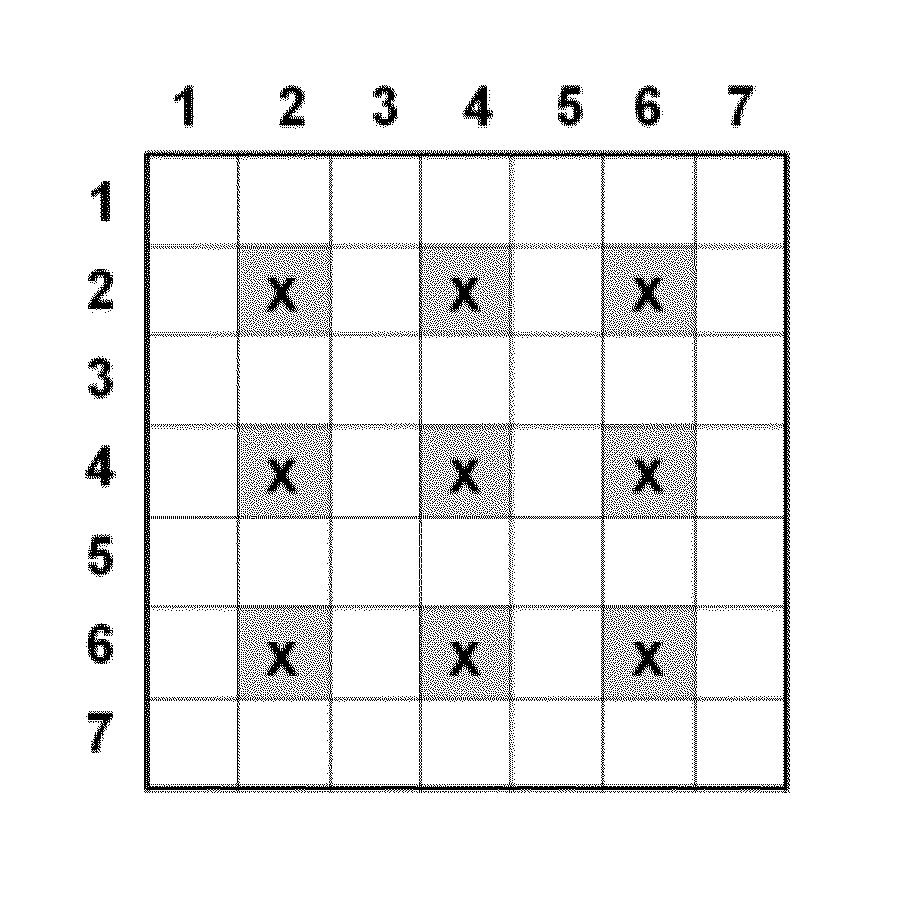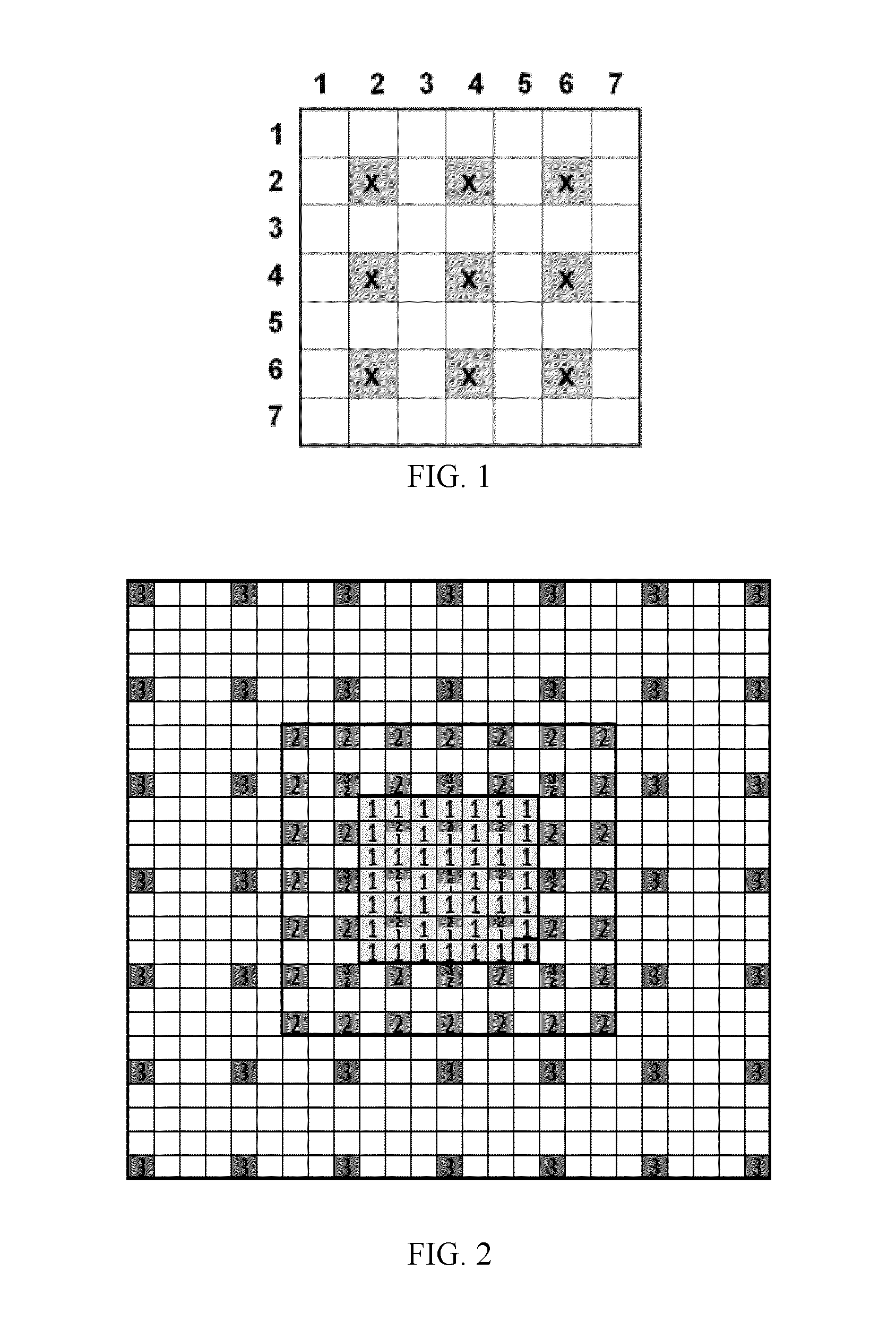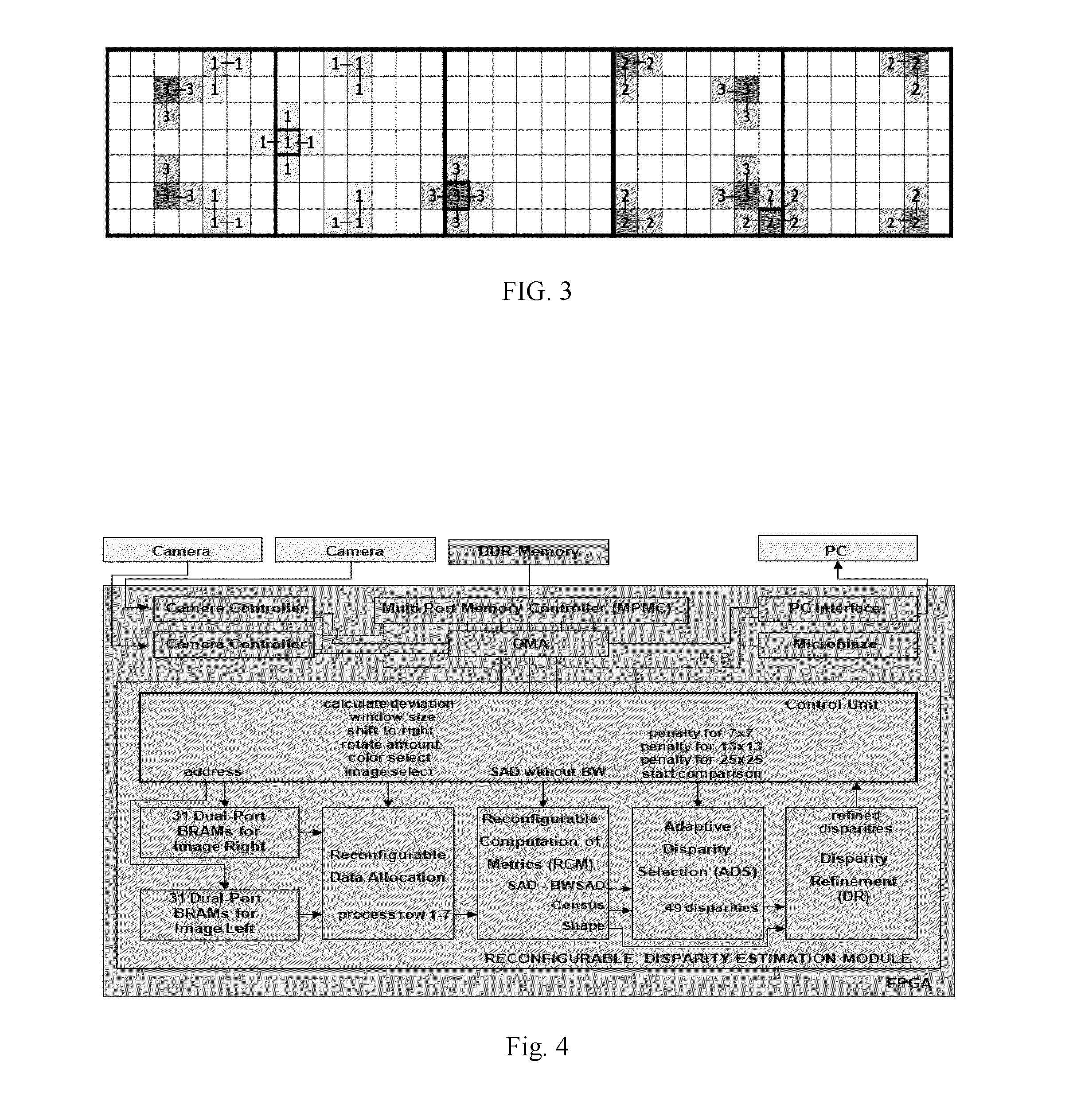Hardware-Oriented Dynamically Adaptive Disparity Estimation Algorithm and its Real-Time Hardware
a dynamically adaptive, disparity estimation and hardware technology, applied in image analysis, image enhancement, processor architecture/configuration, etc., can solve the problems of difficult real-time processing of disparity estimation, easy selection of wrong disparity results, and mismatches in textureless regions, so as to improve algorithm performance and improve algorithm performance. , the effect of improving the accuracy of selection
- Summary
- Abstract
- Description
- Claims
- Application Information
AI Technical Summary
Benefits of technology
Problems solved by technology
Method used
Image
Examples
Embodiment Construction
[0067]The main focus of the AWDE algorithm is its compatibility with real-time hardware implementation while providing high-quality DE results for HR. The algorithm is designed to be efficiently parallelized to require minimal on-chip memory size and external memory bandwidth.
[0068]As a terminology, we use the term “block” to define the 49 pixels in the left image that are processed in parallel. The term “window” is used to define the 49 sampled neighboring pixels of any pixel in the right or left images with variable sizes of 7×7, 13×13 or 25×25. The pixels in the window are used to calculate the Census and BW-SAD cost metrics during the search process.
[0069]The algorithm consists of three main parts: window size determination, disparity voting, and disparity refinement. The parameters that are used in the AWDE algorithm are given in Table 1.
[0070]The window size of the 49 pixels in each block is adaptively determined according to the Mean Absolute Deviation (MAD) of the pixel in t...
PUM
 Login to View More
Login to View More Abstract
Description
Claims
Application Information
 Login to View More
Login to View More - R&D
- Intellectual Property
- Life Sciences
- Materials
- Tech Scout
- Unparalleled Data Quality
- Higher Quality Content
- 60% Fewer Hallucinations
Browse by: Latest US Patents, China's latest patents, Technical Efficacy Thesaurus, Application Domain, Technology Topic, Popular Technical Reports.
© 2025 PatSnap. All rights reserved.Legal|Privacy policy|Modern Slavery Act Transparency Statement|Sitemap|About US| Contact US: help@patsnap.com



